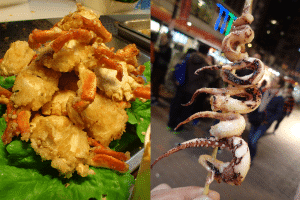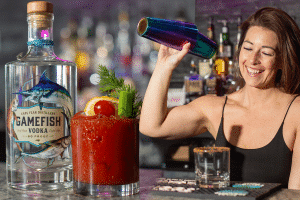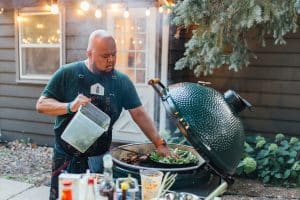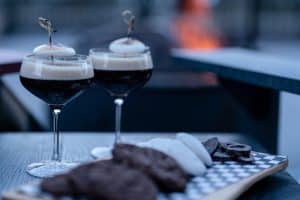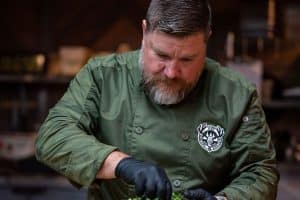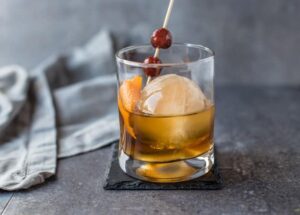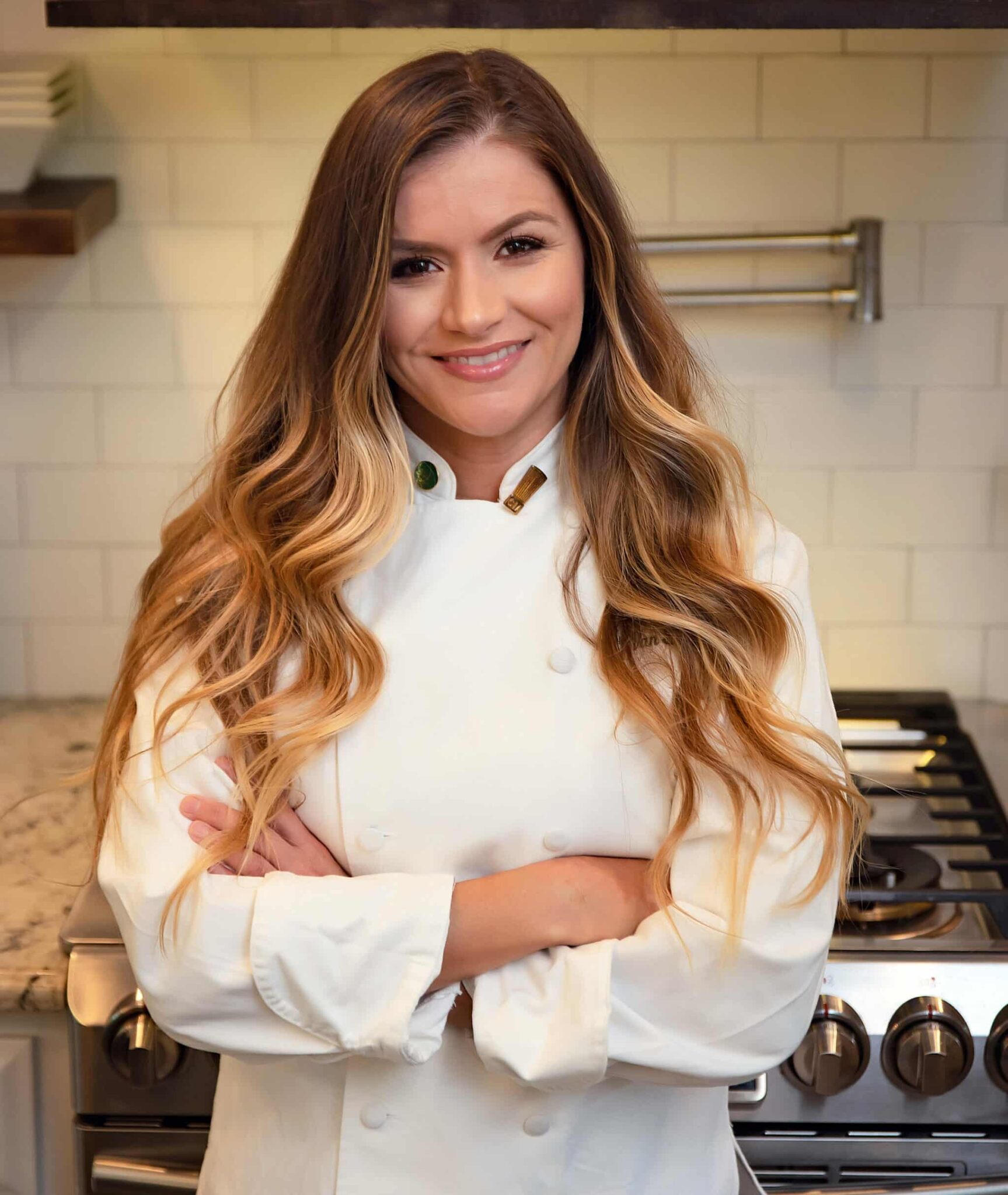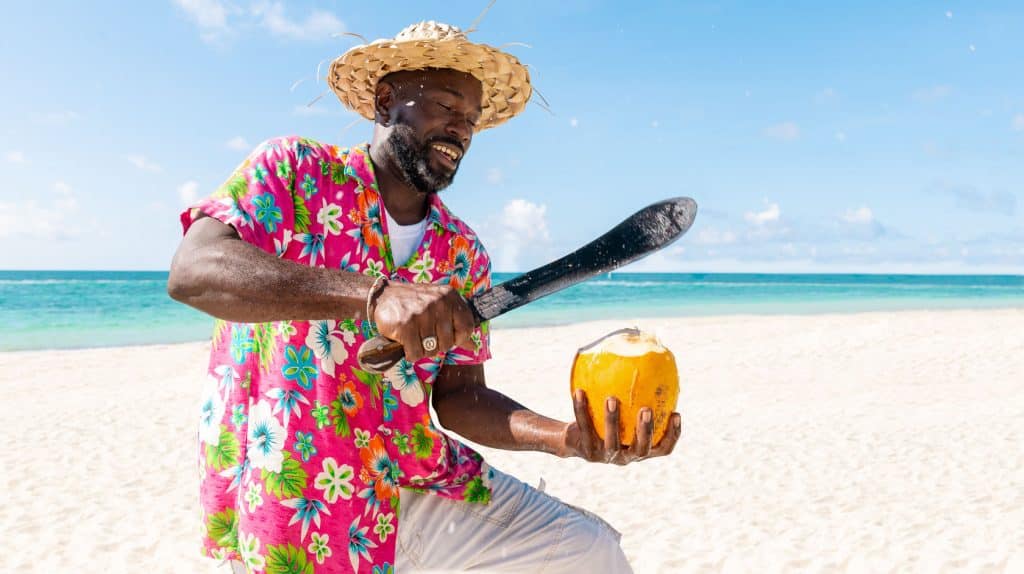
From its starring role as a pirate’s tipple to its reputation as the Caribbean’s “it” spirit, rum has stood the test of time.
There’s a reason Captain Jack Sparrow, a pirate portrayed by Johnny Depp in the Pirates of the Caribbean film franchise, is always holding a bottle of rum, and slurring his speech—those swashbuckling, anti-hero mariners of yore loved a good buzz. “Pirates were completely drunk all the time,” says Colin Woodard, author of The Republic of Pirates.
Not only did they have parrots, peg legs, and eye patches, the day-drinking stereotype also rang true, he says. And certain Caribbean outposts were more debauched than others during the golden age of piracy, which lasted from about 1690 to 1720. Nassau in The Bahamas, in fact, is the pirate republic featured in Woodard’s book. “The Bahamas had a huge pirate problem,” confirms Brendale Smith, a local guide with Tru Bahamian Food Tours, on a walking excursion in downtown Nassau that pairs Bahamian cuisine with rum cocktails. “Pirates wreaked havoc here and used Nassau as their breeding ground.”
After the War of Spanish Succession ended in 1714, privateers (basically, pirates with a license to plunder enemy ships) fell out of work. Since no one was really governing The Bahamas at the time, they found a safe haven there and started dipping their booted toes into piracy.
Deon Simms, tours and programs coordinator for The Antiquities, Monuments & Museum Corporation of The Bahamas, likens it to a perfect storm: the island archipelago was nicely situated in the trade shipping lanes, with a lawless city and hundreds of islets ideal for hiding out. And when pirates sacked a ship or port, one of the sought-after treasures was rum.
As I knock back a Bahama Mama, goombay smash, and rum punch at various stops on the tour, I begin to understand the appeal of rum as a liquid currency. It lowers inhibitions and turns every tropical outing into a beach party.
Of course, the cocktails our group is sipping are tastier and more balanced than the grog guzzled by pirates.
Back then, a sailor’s daily rum tot was born of a necessity to keep water from turning brackish. Rum makers of the era relied on unpredictable wild yeast during fermentation and then threw the yield into a barrel for ease of transportation across the sea—rather than by design for aging it—explains Pepin Argamasilla, managing partner at John Watling’s Distillery in downtown Nassau. “Rum has come a long way,” says Argamasilla, whose distillery is named after a 17th-century “gentleman” pirate, John Watling, who piously abstained from looting and pillaging on Sundays.
This liquor dates back at least 400 years to when Spanish explorer Juan Ponce de Leon introduced sugarcane to the Caribbean islands. The main product of sugarcane was sugar, a huge commodity at the time. Molasses, a byproduct of sugar refining, was fermented and turned into rum. Both rum and sugar fuelled the trans-Atlantic triangular trade, where slaves were brought from Africa to the Caribbean to work the sugarcane plantations, and the products (sugar and rum) were then shipped to the colonies and Europe for profit, explains Argamasilla.
French islands made their rum with sugarcane juice, while Spanish islands like Cuba made theirs with molasses but using a column still, which produces a lighter-style rum such as Bacardi. English islands including Barbados (Mount Gay Rum) and Jamaica (Appleton Estate Rum) also used molasses, but in a pot still, for a sweeter, more pungent rum. John Watling’s rum falls somewhere between Spanish and English in style.
Though pirates made rum seem fun, it wasn’t until the late 1800s, when the phylloxera epidemic decimated France’s vineyards, that it gained esteem as a serious sip, says Argamasilla. As cognac supplies dwindled, drinkers looked to rum.
In the 20th century, U.S. Prohibition further upped its status—rum was easily smuggled into America from the Caribbean, and Nassau was bootlegging central. “Bootleggers were said to be walking around with as much as $50,000 in their pants,” says Simms. “We were in on it. Rum was it.”
Over time, fermenting with cultured yeast and applying aging techniques borrowed from the scotch whisky industry, has helped rum grow into a sophisticated spirit with an enviable range. From light rums perfect in daiquiris and mojitos, to dark, aged rums at home in a dark ‘n’ stormy or rum Manhattan, it’s one of the world’s most versatile spirits. “There are absolutely phenomenal rums out there that compete against certain cognacs, scotches, and whiskies,” says Argamasilla.
The pirates may have missed the subtleties of the Caribbean’s seminal spirit, but whether swigged straight from the bottle or used as a mixer for grog or bumbo, they knew it got the party started. So, no matter what cocktail you order, remember the buccaneer’s rallying cry, “Drink up me hearties, yo ho!”
Rum Dum Cocktail
Wilfred Sands, mixologist for John Watling’s Distillery, created the refreshing Rum Dum in 1971 at the Lyford Cay Club in The Bahamas.
Ingredients (serves one):
1.25 oz. John Watling’s Pale rum
0.5 oz. John Watling’s Amber rum
1 oz. egg white
1.25 oz. lemon juice
A splash of simple syrup
Method:
Except for John Watling’s Amber rum, add all other ingredients into a mixing glass and shake well until frothy. Pour into a rocks glass over ice and lightly float John Watling’s Amber.
—Courtesy John Watling’s Distillery









